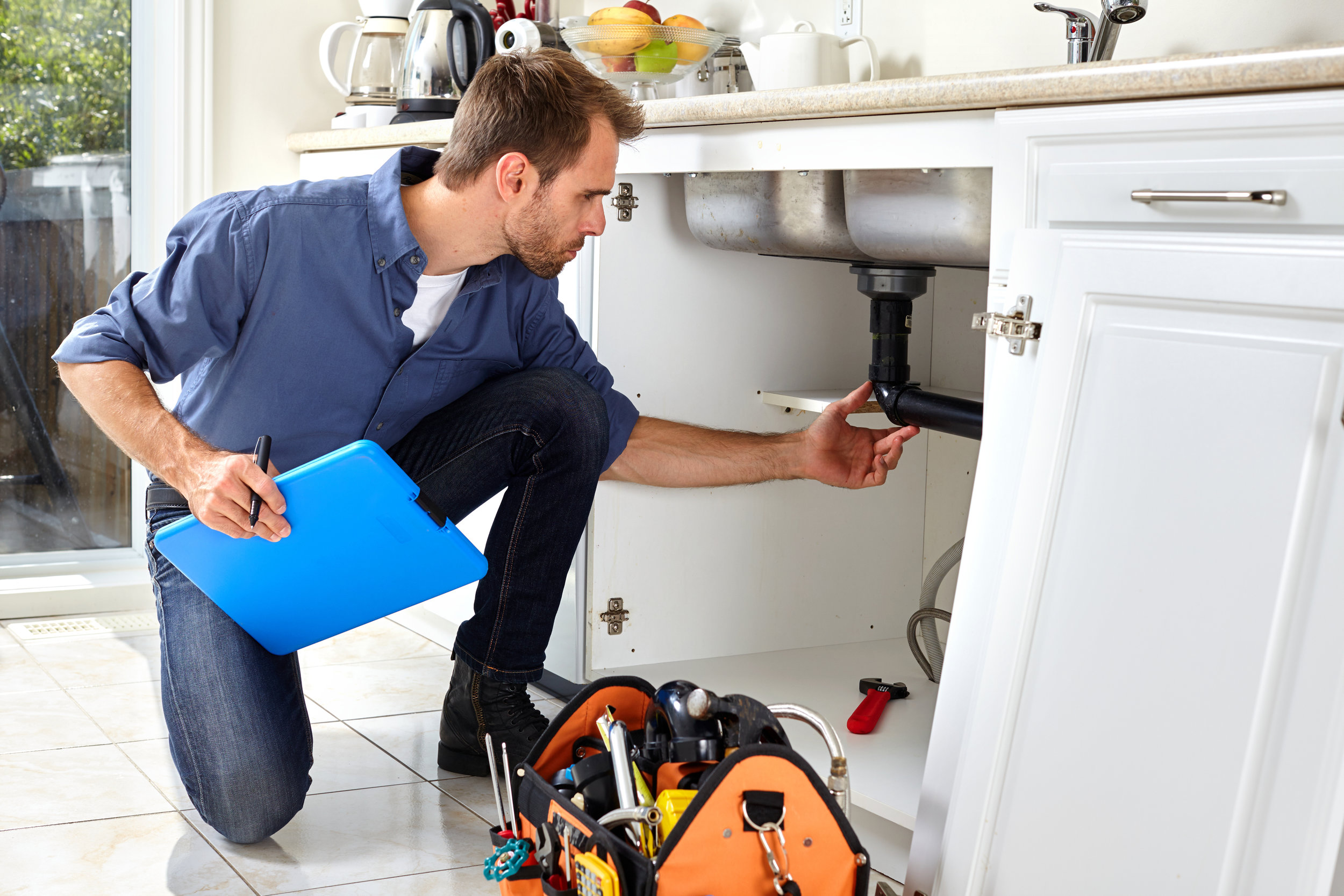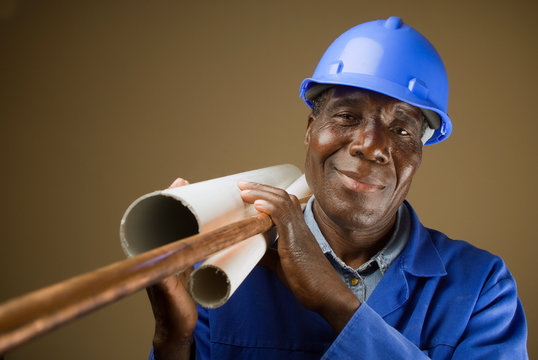The #1 Drain Mistake Homeowners Make—And How Drain Services Fix It
The #1 Drain Mistake Homeowners Make—And How Drain Services Fix It
Blog Article
Common Plumbing Troubles Every Homeowner Need To Recognize
Homeowners frequently come across a variety of plumbing issues that can interrupt day-to-day life. Usual troubles consist of leaky faucets, clogged drains pipes, and running bathrooms. These problems commonly originate from damaged components or particles build-up. Additionally, low water stress and ruptured pipelines can indicate deeper issues. Understanding these difficulties is essential for reliable maintenance. There are other less evident issues that can arise, which necessitate closer assessment.
Leaking Faucets
Leaky taps can be an irritating nuisance for homeowners. These persistent leaks not only develop an aggravating sound however likewise cause squandered water and raised energy bills. A leaking faucet frequently results from worn-out washing machines, O-rings, or seals, which wear away with time because of normal use and direct exposure to water. In many cases, the tap's interior parts may be rusted or harmed, demanding a much more considerable repair work or replacement. Determining the source of the leakage is essential; house owners may require to disassemble the faucet to examine its parts very closely. Routine maintenance can aid avoid leakages, consisting of cleansing aerators and looking for indications of wear. Resolving a leaking faucet immediately can save water and lower expenses, making it a convenient yet important task for house owners to tackle in keeping their pipes systems efficiently. Appropriate attention to this usual issue can lead to a more comfortable living environment.
Obstructed Drains
Many home owners experience the disappointment of clogged up drains pipes at some point. This usual pipes issue can arise from different reasons, including the buildup of hair, soap residue, food particles, and grease. These materials can develop obstructions that impede the circulation of water, causing reduce drain or full stoppage.In cooking areas, oil and food scraps are typically the offenders, while washrooms frequently suffer from hair and soap build-up. Routine maintenance, such as using drain filters and preventing putting fats down the sink, can help protect against clogs.When an obstruction does take place, house owners might try to use a bettor or an industrial drainpipe cleaner as first treatments. Relentless issues might require expert aid to stay clear of damages to pipes. Recognizing the causes and prevention techniques for stopped up drains pipes can conserve house owners time and cash, ensuring a smoother pipes experience

Running Toilets
Running commodes are a common issue that can stem from various causes, including defective flappers and chain troubles. The constant running not just drainages yet likewise leads to increased energy costs. Addressing these problems immediately can prevent more problems and bring back performance to the plumbing system.
Sources Of Running Toilets
A relentless flow of water from a commode can be both irritating and wasteful, typically signifying underlying concerns within the pipes system. One typical cause is a used flapper valve, which may not produce a correct seal, allowing water to constantly leak right into the dish. In addition, a malfunctioning fill shutoff can result in extreme water flow, adding to the trouble. Misaligned float systems may likewise create the bathroom to run as they stop working to manage the water level appropriately. One more possible concern is mineral buildup, which can block components and impede their performance. Determining these reasons quickly can aid home owners attend to the issue prior to it escalates, making sure reliable procedure of their pipes system.
Consequences of Constant Running
Although usually overlooked, the consequences of a continuously running toilet can considerably influence both water use and house costs. A running commode can lose a standard of 200 gallons of water daily, bring about boosted water costs and unneeded resource consumption. This excessive water usage not just stresses the household spending plan but also contributes to ecological worries, particularly in areas dealing with water lacks. In addition, the constant sound of running water can be a source of annoyance, disrupting the tranquility of the home - Plumbing. Prolonged issues may lead to more considerable plumbing troubles if left unaddressed, resulting in more financial problems. House owners should recognize the relevance of prompt repair work to mitigate these negative impacts and preserve an efficient pipes system
Repairing Running Commode Issues
Commodes that continuously run can be a frustrating issue for home owners, however identifying the reason is the initial step towards an efficient repair. Typical reasons consist of a defective flapper, which might not develop a proper seal, permitting water to get away right into the bowl. Home owners need to examine the flapper for wear and change it if needed. In addition, the fill valve could be malfunctioning, causing excess water to stream constantly. Replacing this component or readjusting might solve the problem. An additional possible culprit is a misaligned float, which can be adapted to the right elevation. Normal maintenance and timely repair services can prevent running toilets, ensuring both water preservation and cost financial savings on energy costs.
Low Tide Stress
Low tide pressure can be an aggravating experience for home owners, often materializing as a weak stream from showerheads and taps. This problem can come from different causes, including sediment accumulation in pipelines, corroded pipes, or concerns with the community water system. House owners might at first notice reduced water stress in specific areas of the home, yet it can intensify to a more widespread trouble if not dealt with promptly.In some instances, malfunctioning pressure regulatory authorities can additionally be liable for insufficient water circulation. Normal upkeep, such as purging the water heating unit and examining for blockages, can assist minimize these concerns. It may be essential to speak with a specialist plumber to identify and resolve the underlying cause if low water stress lingers. Determining the resource of reduced water pressure is important for bring back proper water circulation and ensuring a practical pipes system.
Ruptured Piping
Ruptured pipes can be a major plumbing problem, often arising from the very same variables that contribute to reduced water stress, such as temperature level fluctuations and maturing infrastructure. When water ices up within pipes, it broadens, increasing stress till the pipeline can no longer have it, leading to a tear. Furthermore, corrosion from long term direct exposure to water can compromise pipelines, making them susceptible to breaking under normal pressure.Homeowners might see signs of a ruptured pipeline via sudden water leaks, wet areas on ceilings or walls, and an unexpected boost in their water costs. Immediate action is crucial; falling short to resolve a ruptured pipeline can result in comprehensive water damage, mold development, and costly repairs. Regular assessments and maintenance of plumbing systems can help stop this problem. Furthermore, protecting pipelines in colder areas and replacing old piping can considerably decrease the threat of burst pipes, guarding the home's Website plumbing stability.
Hot Water Heater Issues
How can property owners determine hot water heater issues prior to they rise? Routine evaluation and maintenance can help find possible issues early. Property owners must seek indications such as inconsistent water temperature, unusual sounds, or a reduction in hot water supply. Leaks or pools around the system might suggest a breakdown that calls for instant focus. The look of corrosion or debris accumulation can also signify the need for maintenance.Additionally, house owners ought to keep an eye on the age of their hot page water heater; most units have a lifespan of 8 to 12 years. It may be time to mirror on substitute if the heating unit is approaching this age and showing indicators of wear. Normal flushing of the container can stop debris buildup, extending the unit's life. By staying vigilant and resolving concerns immediately, property owners can stay clear of expensive fixings and ensure their hot water heater operates efficiently for years ahead.
Sewer Line Problems
Lots of homeowners may encounter drain line issues eventually, affecting their pipes system's total functionality. Usual concerns include obstructions, tree origin invasions, and pipe damages. Blockages often result from the build-up of grease, hair, and foreign items that obstruct the circulation of wastewater. Tree origins can penetrate sewer lines, creating leaks and splits. Furthermore, maturing pipelines may break or corrode, bring about more complications (Plumber). Indications of sewer line problem include slow-moving drains, unpleasant smells, and sewer backups, which can present health risks. Homeowners should attend to these troubles promptly to avoid extensive damages and costly repair services. Routine maintenance, such as scheduled assessments and cleaning, can aid protect against substantial concerns. In extreme instances, specialist treatment might be essential to repair or replace broken sections of the sewer line. Knowing these potential troubles can assist homeowners take positive actions to preserve their plumbing systems efficiently
Regularly Asked Concerns
Exactly How Can I Prevent Plumbing Issues in My Home?
To protect against pipes problems, routine upkeep is essential. House owners should inspect pipelines for leaks, tidy drains pipes, and screen water pressure. In addition, educating themselves regarding appropriate usage can significantly decrease the threat of future pipes concerns.
When Should I Call a Plumbing Technician Rather Than Repairing It Myself?
Identifying when to call a plumbing technician usually relies on the seriousness of the problem. Substantial leakages, persistent blockages, or strange issues warrant expert help, making certain safety and preventing further damage as opposed to running the risk of personal attempts at repair.
What Are the Indications of Hidden Plumbing Leaks?
Indicators of surprise plumbing leakages include inexplicable water costs, wet spots on ceilings or walls, mold and mildew development, official site and a moldy odor. These signs often suggest underlying issues that need specialist assessment and repair for resolution.
Exactly how Usually Should I Have My Pipes Inspected?
Normal pipes evaluations are advised every one to 2 years. This frequency helps determine possible issues early, making sure the system stays effective and lowering the danger of expensive repair services or unexpected emergency situations in the future.
Are There DIY Solutions for Minor Plumbing Issues?

Report this page